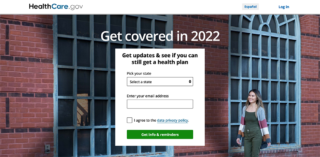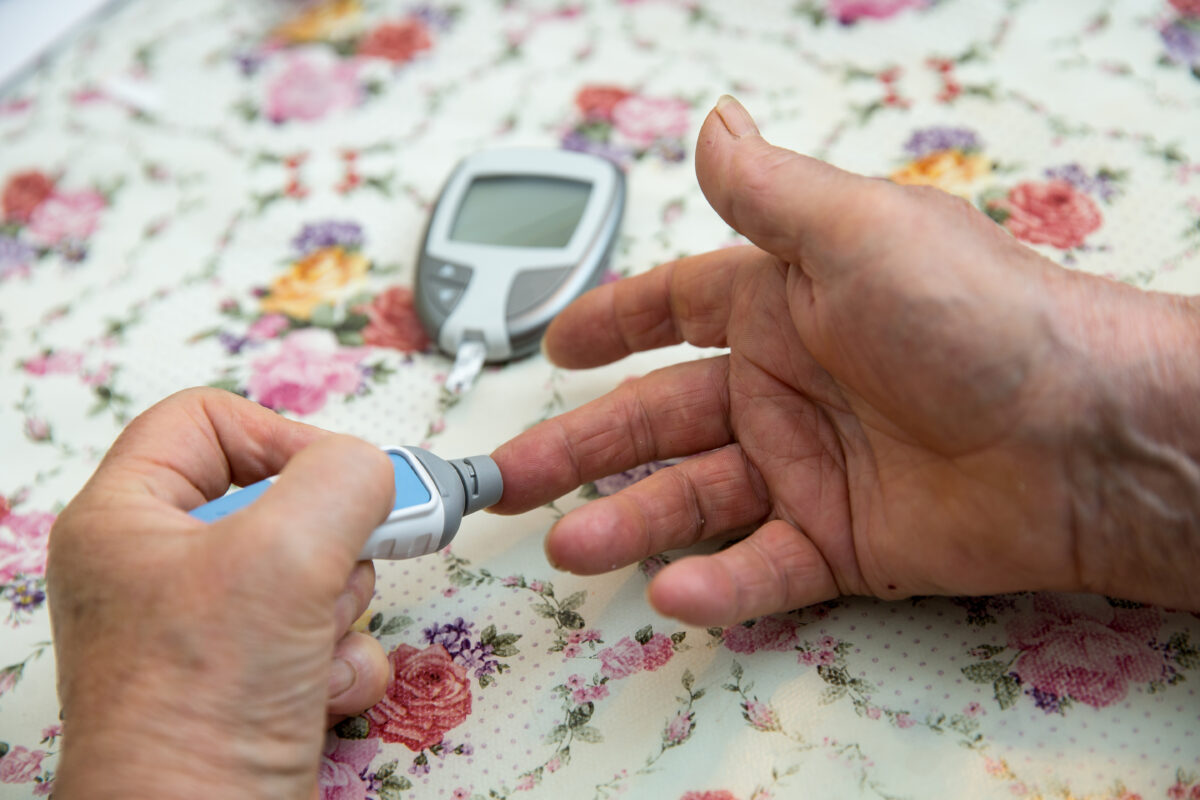The point of care has changed dramatically over the past few years, with virtual platforms emerging as a major forum for patient-provider interactions. And that means DTC campaigns need to change, too.
A Phreesia survey of almost 2,000 patients added to evidence that the pandemic has had lasting effects on telehealth usage. More than one-third of survey respondents reported having had a virtual visit with a doctor in the past six months, and 84% of patients said they were at least “somewhat likely” to have a telehealth appointment within the next 12 months.
Those findings suggest that campaigns that focus exclusively on physical doctors’ offices will fail to reach a sufficient audience. Liz Dexter, Vice President for Point of Care at Publicis Health Media, explains how these findings inform strategy.
“We’re always evolving our approach depending on where patients are receiving care,” Dexter says. “It’s really changed a lot in the past three years. As care evolves, we have to evolve. We need to follow trends to make sure we are integrating in appropriate places to reach patients where they are.”
The relocation of many patient-physician encounters from the physical to the virtual realm is leading brand teams to confront new questions. Opportunities to connect with patients through telemedicine platforms still remain limited, Dexter says, but as the technology continues to evolve, it’s important to keep thinking about how to most effectively use it.
And because telemedicine is employed in different ways depending on the care scenario, campaigns need to reflect those differences to achieve best results, Dexter says. That means taking a bespoke approach to each specific use case, something she thinks is especially important.
“Ultimately, we want to empower patients around their telemedicine appointments, providing the right message to the right person at the right time,” Dexter says. “We need to understand how patients and HCPs are actually using telemedicine in specific-use cases, and then provide them with messaging that’s valuable in that moment.”
Phreesia’s survey found that many patients are receptive to receiving resources before, during and after their telehealth appointments. When asked what resources they most wanted, 36% of patients expressed interest in receiving medication information relevant to their condition, as well as guidance on support programs for their health issues (26%) and doctor discussion guides (22%).
The ability to provide patients with such personalized resources as doctor discussion guides makes telehealth platforms highly attractive, but it’s vital that the resources they offer are actually useful to patients.
“We want to provide something of value in this dynamic,” Dexter says. “We don’t just want to have a promotional message wherever we can get one in. We want it to be thoughtful and meaningful, and helpful to both the HCP and patient.”
In that regard, virtual campaigns are much the same as in-office campaigns. The goal is still to motivate patients to discuss their symptoms and treatment options with their physician and empower them to have the conversations that can ultimately improve their health. Telehealth offers new opportunities to do just that, while delivering tailored messaging and achieving measurable outcomes.






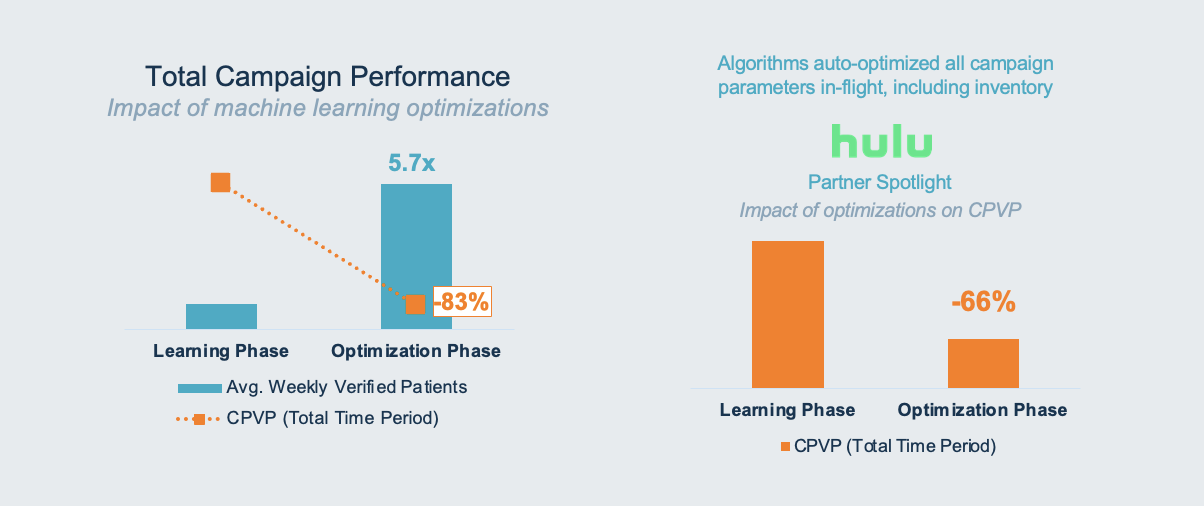
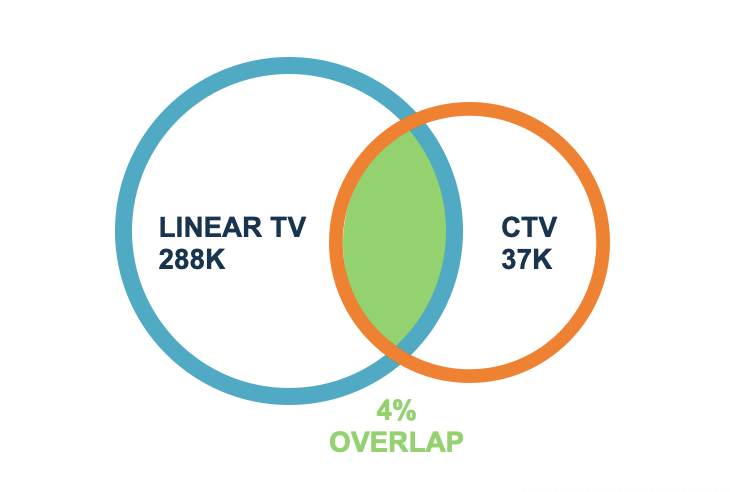
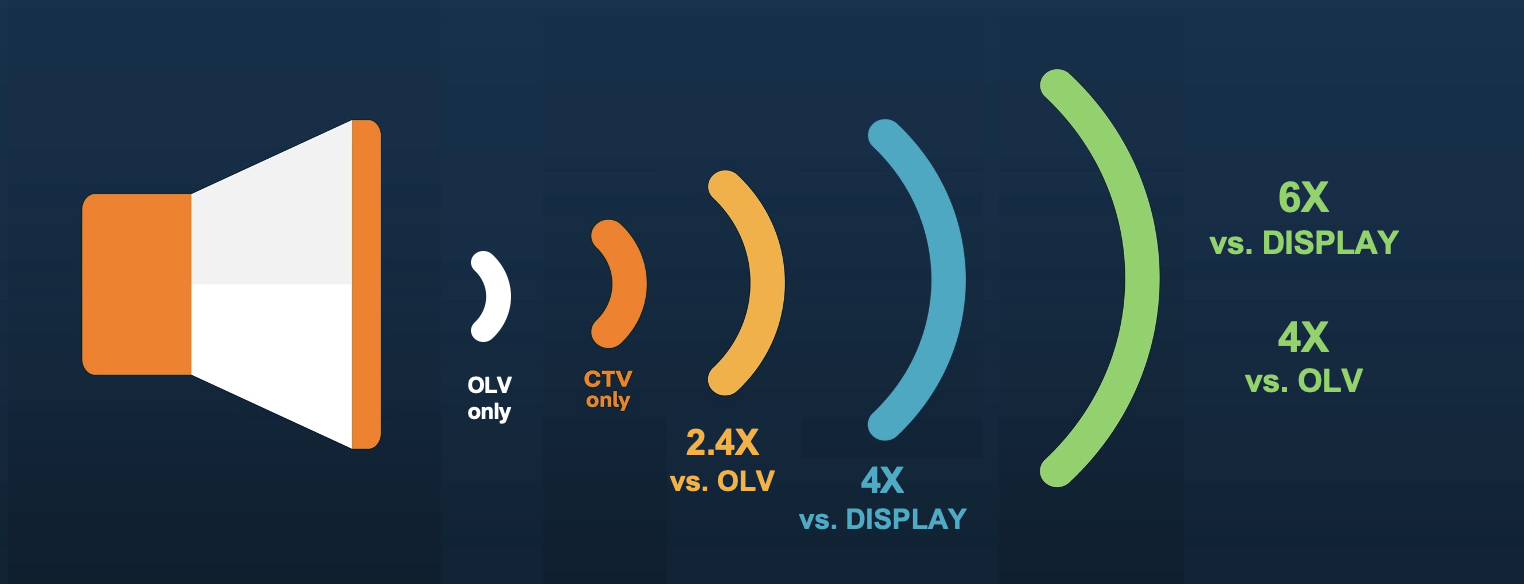






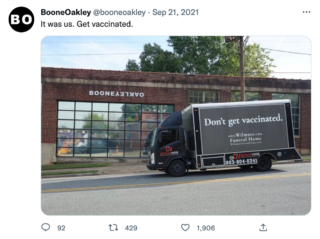
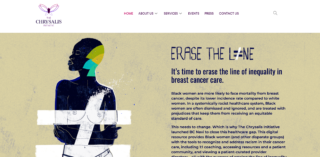
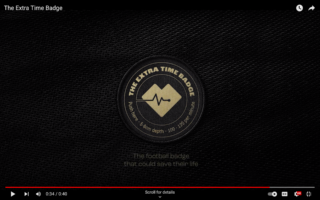 Agency: Leith, Edinburgh
Agency: Leith, Edinburgh Agency: Arch Film Studio
Agency: Arch Film Studio


